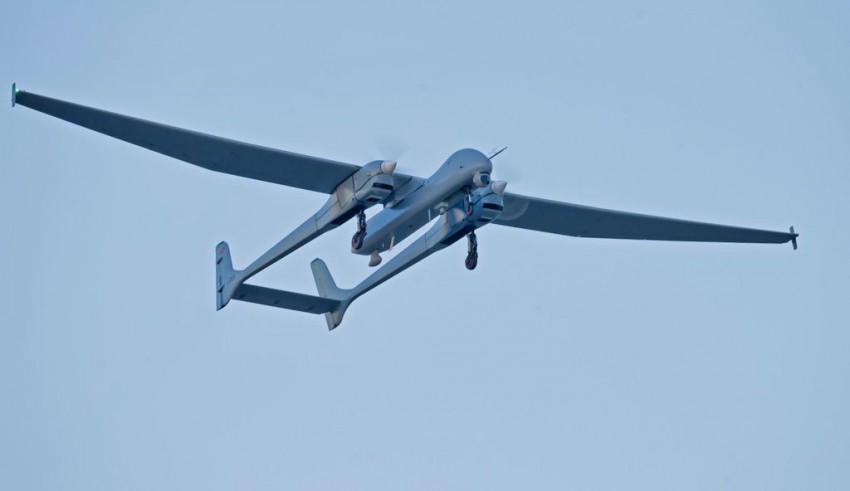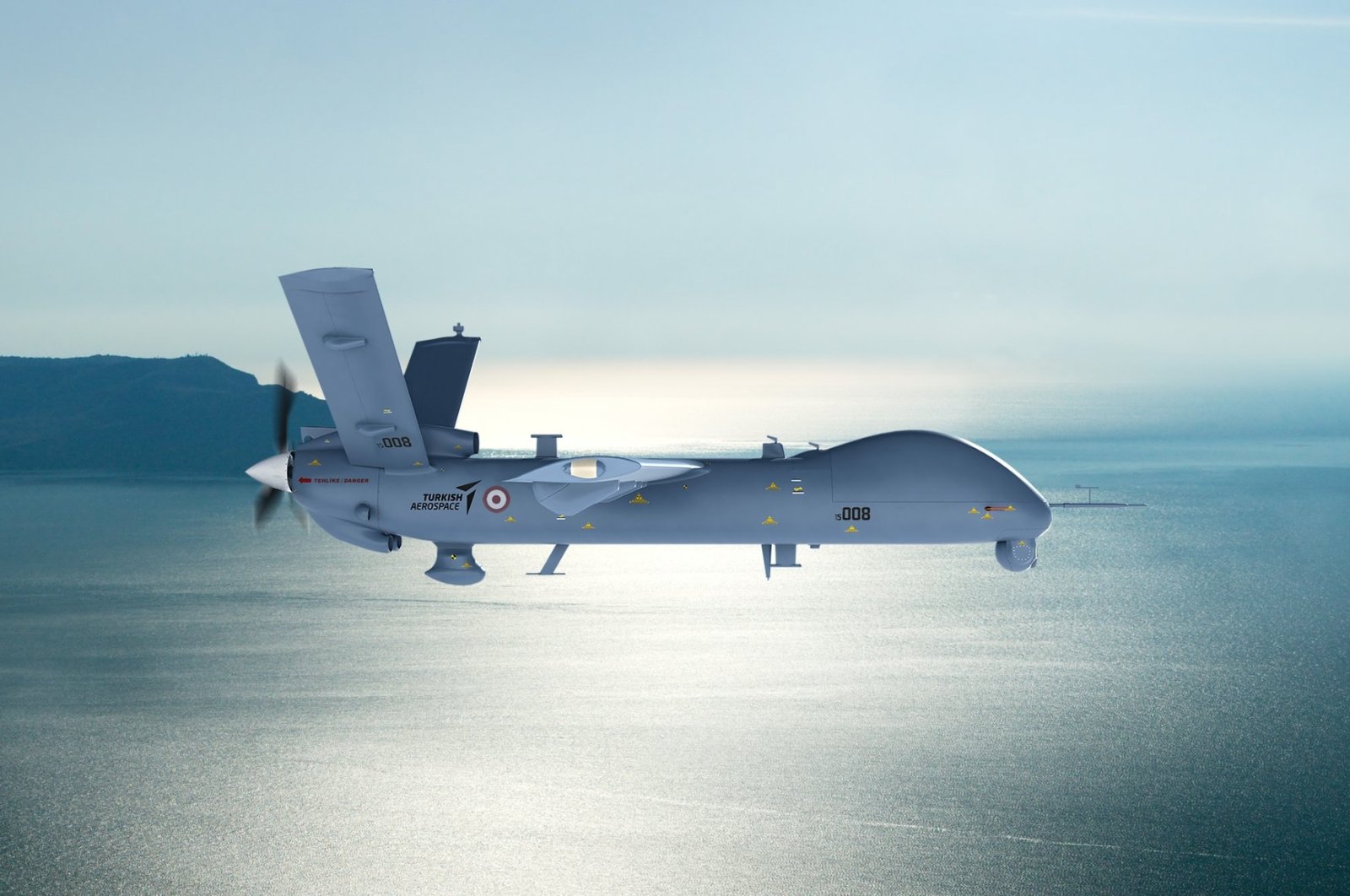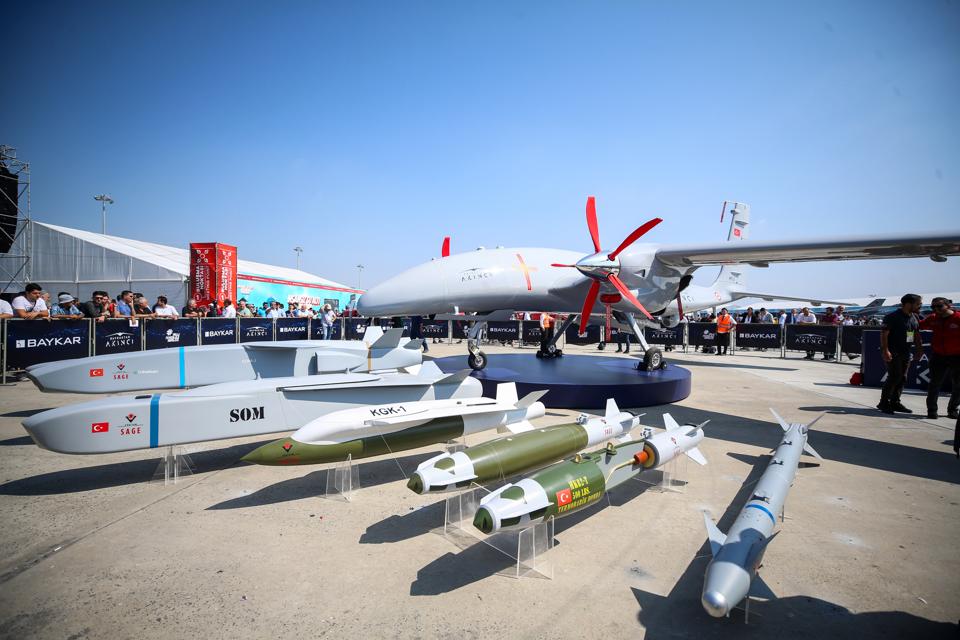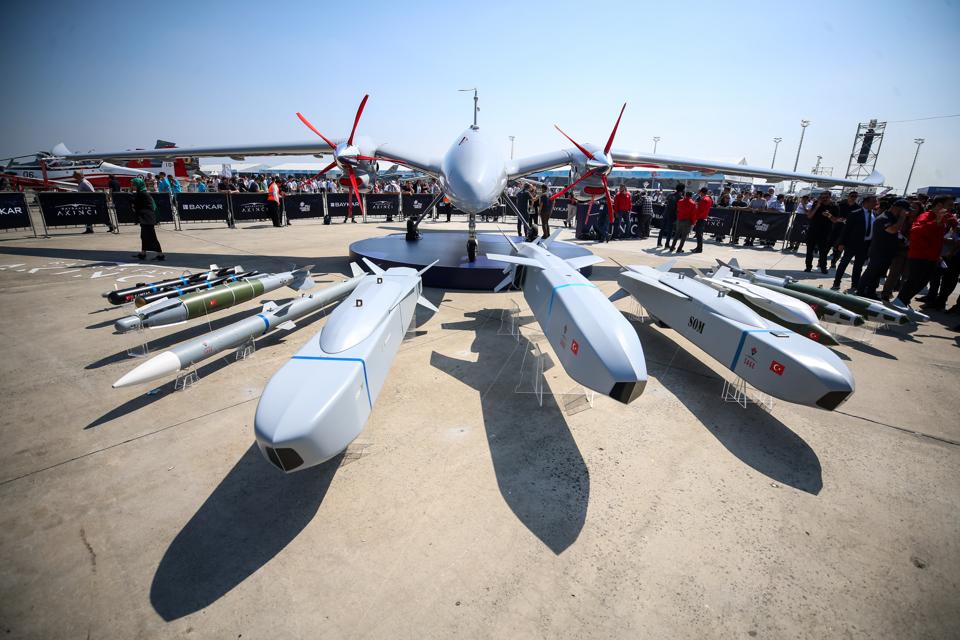During the first stage of the ANKA Project, the aim was to develop a national UAV System to meet the requirements of the Turkish Armed Forces for reconnaissance, surveillance, target, recognition and detection.
The first phase of the project conducted by TUSAŞ (TAI) was completed with the delivery of the required prototypes of Medium Altitude Long Endurance (MALE).
In the on-going phase of the project, within the scope of the Unmanned Aerial Vehicle Development Program, the objective is to undertake the serial production of the unmanned aerial vehicles when the infrastructure is completed.
In this phase of the ANKA project called the ANKA-S Project, the serial production has commenced, and in 2017, 6 UAVs and related ground systems, and in 2018, 4 UAVs and related ground systems will be delivered.
The ANKA-S System is developed for day and night reconnaissance, surveillance, fixed/mobile target detection, detection, identification, tracking and real-time image intelligence tasks also including those under unfavorable weather conditions. The ANKA-S System has a payload of 200 kg and an altitude of 30,000 feet and is capable of 24 hours of flight time.



 www.ssb.gov.tr
www.ssb.gov.tr
The first phase of the project conducted by TUSAŞ (TAI) was completed with the delivery of the required prototypes of Medium Altitude Long Endurance (MALE).
In the on-going phase of the project, within the scope of the Unmanned Aerial Vehicle Development Program, the objective is to undertake the serial production of the unmanned aerial vehicles when the infrastructure is completed.
In this phase of the ANKA project called the ANKA-S Project, the serial production has commenced, and in 2017, 6 UAVs and related ground systems, and in 2018, 4 UAVs and related ground systems will be delivered.
The ANKA-S System is developed for day and night reconnaissance, surveillance, fixed/mobile target detection, detection, identification, tracking and real-time image intelligence tasks also including those under unfavorable weather conditions. The ANKA-S System has a payload of 200 kg and an altitude of 30,000 feet and is capable of 24 hours of flight time.
















